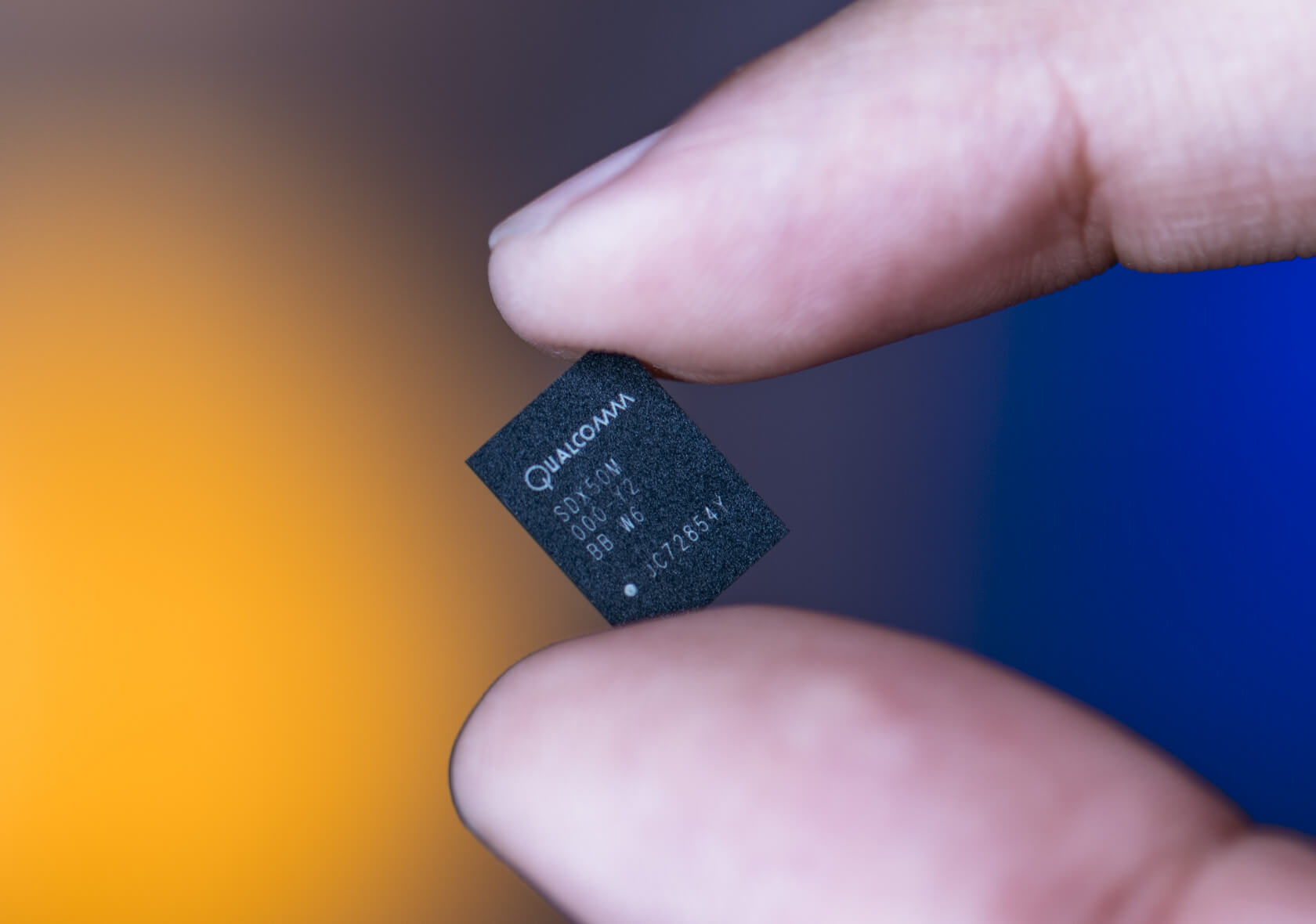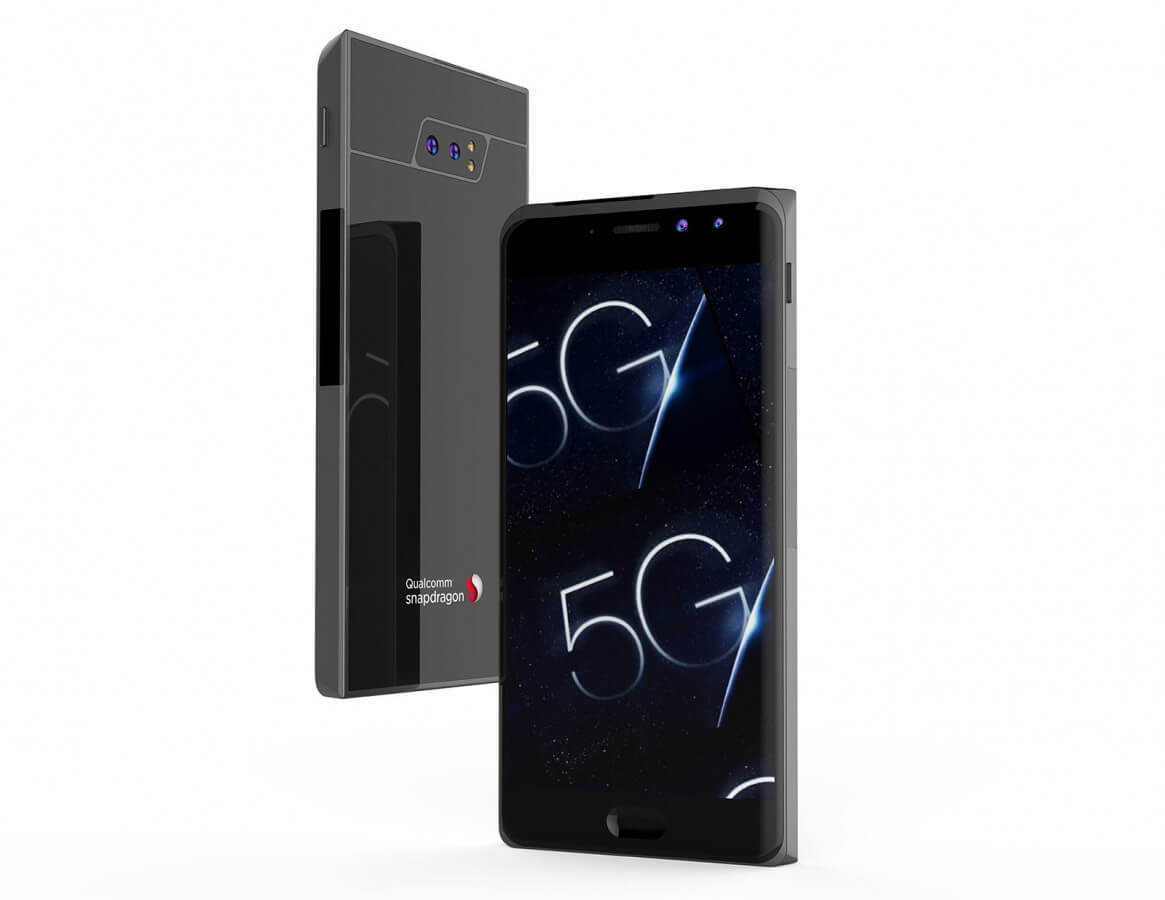
At its annual 4G/5G Summit in Hong Kong last year, Qualcomm revealed its first 5G modem, the Snapdragon X50. At this year’s event, the company announced it had taken another step toward the dream of 5 gigabits per second wireless data speeds for mobile users.
Qualcomm said it had made the first 5G connection on a mobile device using the X50. The prototype test, which worked first time, was performed on the 28 GHz millimeter wave frequency band and achieved a speed of 1.25 Gbps. The company said once the technology is ready, 5 Gbps transfer speeds should be possible.
Qualcomm has also developed a dime-sized millimeter wave antenna module. Despite being much smaller than competing designs, the company plans to shrink it a further 50 percent.
"Counter to prevailing opinion that millimeter-wave is just too finicky to use in mobile, we can use advanced massive MIMO techniques and beam-forming techniques to make millimeter-wave mobile," said Sherif Hanna, Staff Manager of Product Marketing for 4G and 5G at Qualcomm.
Additionally, Qualcomm announced its first 5G smartphone reference design, which it will use to test 5G technology before commercial versions of the handsets are released in the first half of 2019.

“It often takes many iterations to get a chip to work right, but we executed on the new silicon,” Peter Carson, senior director of marketing at Qualcomm, told VentureBeat. “Our next step is a commercial launch in 2019. Our reference design will be ready in 2018. The goal is to have operator services in 2019.”
Away from 5G, Qualcomm announced a series of new components that will help phone makers support the 600MHz spectrum. T-Mobile is deploying these spectrum networks, which can reach rural areas, improve reception inside buildings, and are less congested than the mid-band and high-band spectrum, but right now only LG’s V30 can take advantage of it.
https://www.techspot.com/news/71435-qualcomm-completes-5g-mobile-data-connection-test-unveils.html